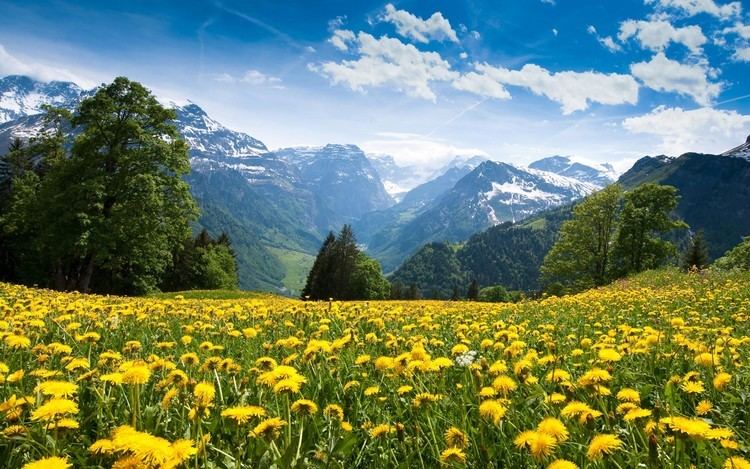Established 1995 | Nearest city Chilas | |
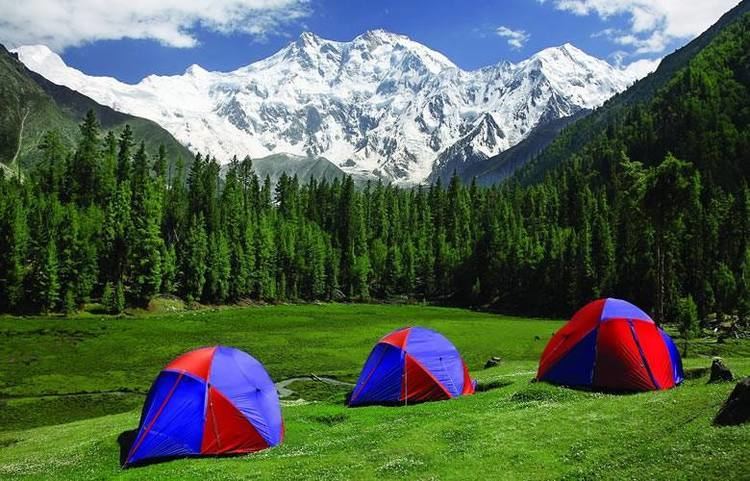 | ||
Location Gilgit-Baltistan, Pakistan Governing body Government of Gilgit-Baltistan Similar Nanga Parbat, Rakaposhi, Khunjerab Pass, Baltit Fort, Babusar Pass | ||
Trip to northern pakistan fairy meadows nanga parbat deosai attabad lake rama meadows lake
Fairy Meadows, named by German climbers (German Märchenwiese, ″fairy tale meadows″) and locally known as Joot, is a grassland near one of the base camp sites of the Nanga Parbat, located in Diamer District, Gilgit-Baltistan. At an altitude of about 3,300 meters above the sea level, it serves as the launching point for trekkers summiting on the Rakhiot face of the Nanga Parbat. In 1995, the Government of Pakistan declared Fairy Meadows a National Park.
Contents
- Trip to northern pakistan fairy meadows nanga parbat deosai attabad lake rama meadows lake
- Fairy meadows nanga parbat pakistan
- Location
- Tourism
- Flora and fauna
- References
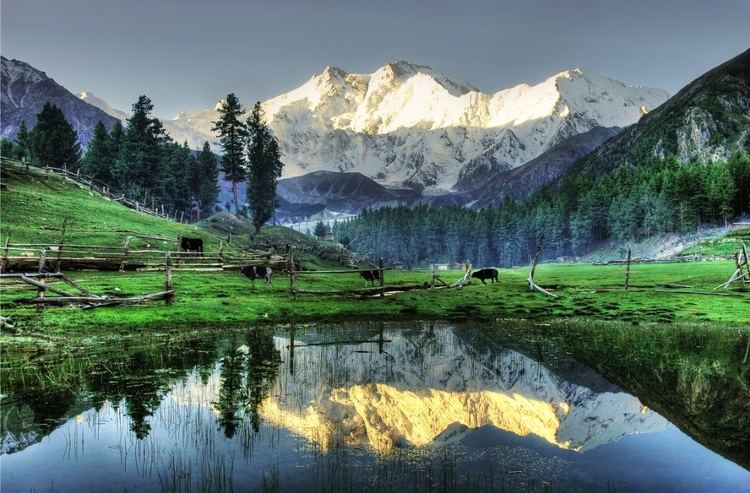
Fairy meadows nanga parbat pakistan
Location
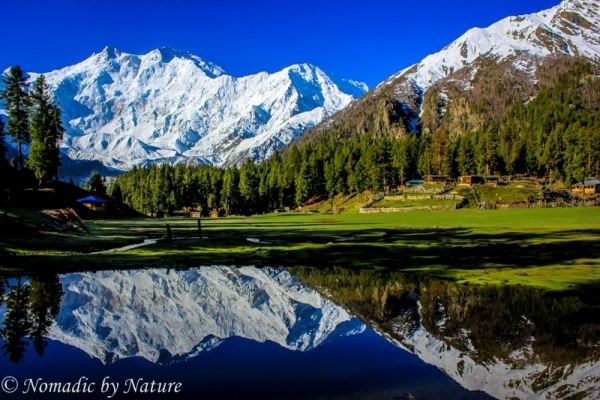
Fairy Meadows is approachable by a twelve kilometer-long jeepable trek starting from Raikhot bridge on Karakoram Highway to the village Tato. Further from Tato, it takes about three to four hours hiking by a five kilometer trek to Fairy Meadows. The grassland is located in the Raikhot valley, at one end of the Raikhot glacier which originates from the Nanga Parbat and feeds a stream that finally falls in the River Indus. Since 1992, locals have operated camping sites in the area.
Tourism
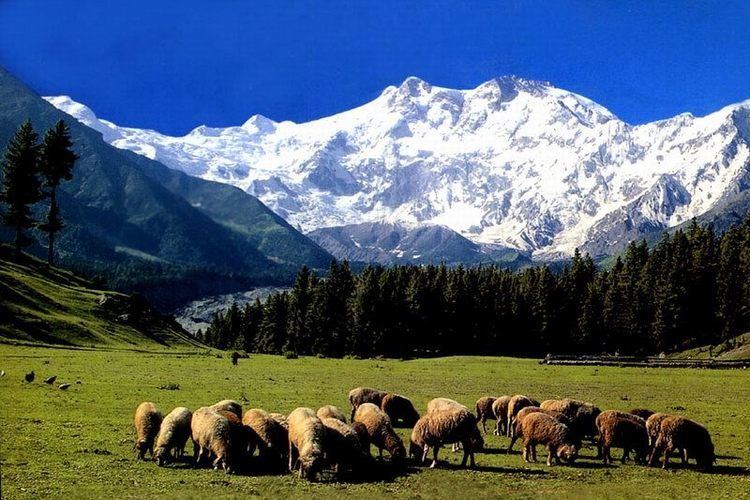
The six-month tourist season at Fairy Meadows starts in April and continues until the end of September. Tourists lodge at the camping site spread over two acres, known as "Raikot Serai". The site of Fairy Meadows, though partially developed, generates about PKR 17 million revenue from tourism, mainly by providing food, transportation and accommodation services. A project by Shangrila Resorts The pioneers of tourism development in Gilgit Baltistan ,will be establishing a echo friendly resort.The road to Fairymeadows was built by Brigadier M.Aslam Khan ( M.C,H.J,F.K )The First Commander Gilgit Scouts ,which today employs the locals. The local community stopped the extraction of timber to conserve the forest and promote tourism in the area.
Flora and fauna
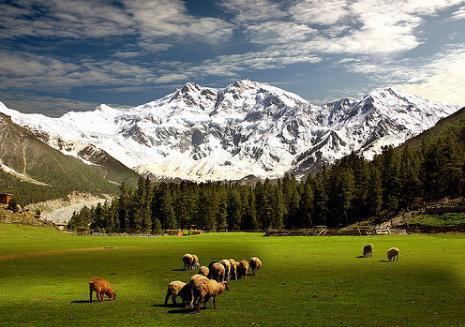
The grassland is surrounded by thick alpine forest. The high altitude area and north-facing slopes mostly consist of coniferous forest having Pinus wallichiana, Picea smithiana and Abies pindrow trees, while in the high altitude areas with little sunlight are birch and willow dwarf shrubs. The southern slopes are concentrated with juniper and scrubs, namely Juniperus excelsa and J. turkesticana. In the low altitudes, the major plant found is Artemisia, with yellow ash, stone oaks and Pinus gerardiana spread among it. Research has suggested similarities between Pinus wallichiana found in the meadows with a sister species, Pinus peuce, found in the Balkans, based on leaf size.
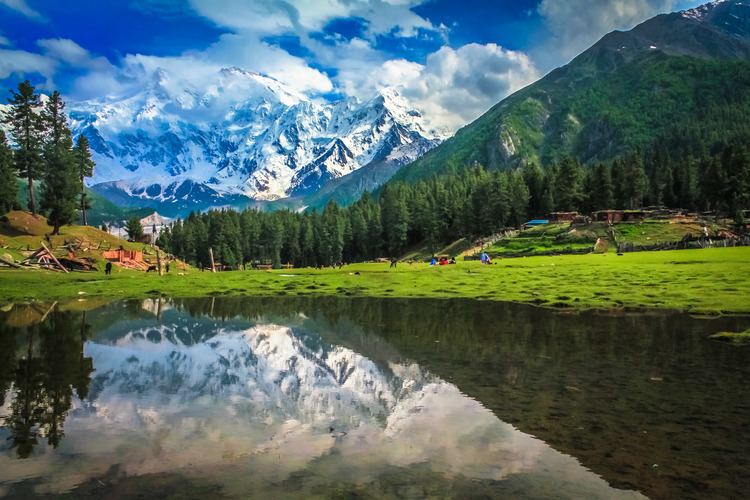
Among mammals, a few brown bears are found in the region, with their numbers declining. Some musk deer, regarded as an endangered species, are also present.
